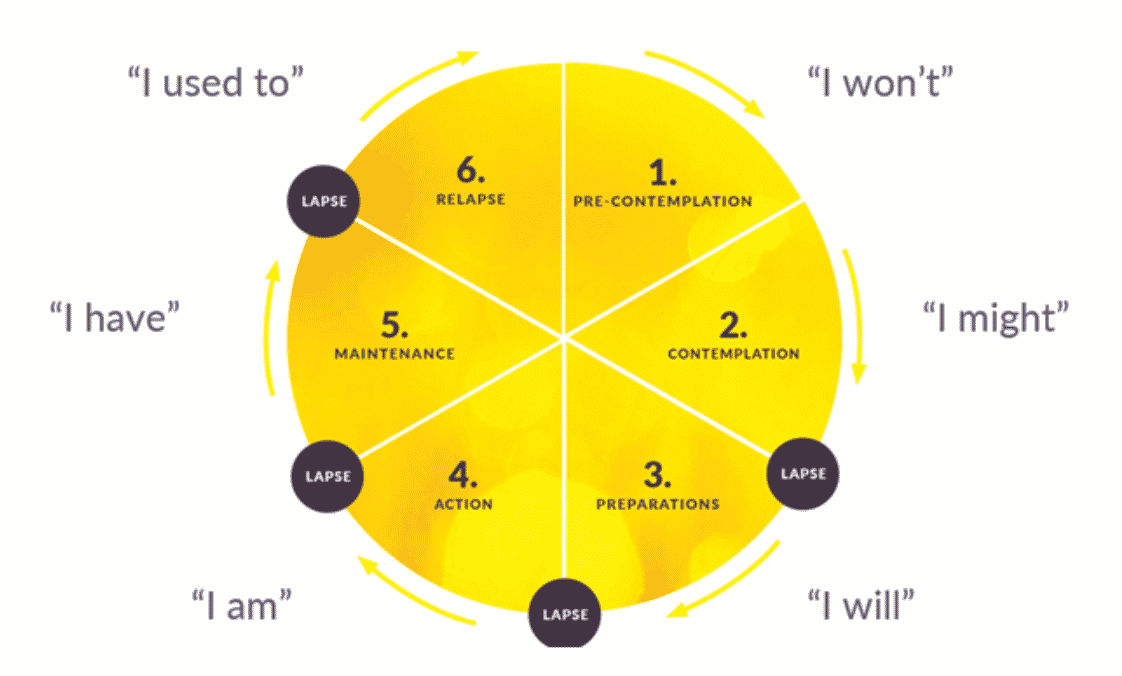If you’ve ever tried to change a habit, you’ll know it’s not always easy, and changing financial habits is no exception. If the thought of wrangling your finances into order gives you a low-key tension headache, you’re not alone. With close to 60% of New Zealanders admitting to spending more than they earn, it is clear that there are many of us paddling in this particular waka!
Forming good financial habits, like budgeting, tracking our spending, or making wise and informed choices with our money, is an ongoing process of overcoming old ways of thinking and translating our intentions into action. If you think that this sounds a little wishy-washy, we’re here to explain the science behind behaviour change and to give you some concrete tips for putting this into practice.
Important note: This article is aimed at providing some tips for how to manage behaviours around how we use our disposable income. We acknowledge that many don’t have extra cash to spend, nor the resources to receive external financial support and guidance. We hope you find something of use below or the inspiration to look at other resources available, such as free, independent ideas from Sorted NZ.
Model of behaviour change
A well-known model of behaviour change, the Transtheoretical Model, was developed by psychologists Proschaska and DiClemente in the 1970s. This model, as seen in the diagram below, describes the six stages of change that a person goes through when attempting to alter their behaviour. When we apply this model to our financial behaviours and habits, we can pinpoint where we are in the cycle of behaviour change – and what might help us to move forward.

Stage 1: Pre-contemplation (“I won’t”)
This stage is characterised by a lack of acknowledgement that there is a problem. Those in the pre-contemplation stage have no intention to take action in the near future, and many are unaware that their behaviour is problematic. For example, if you don’t have any savings or are borrowing for everyday expenses, you might think, “I’m too young/old to start thinking about this now”, or “This isn’t something that I need to worry about”.
A way to move forward from this stage is to build your financial knowledge, find out what “good behaviour” looks like in a financial sense, and see how this matches up with what you are currently doing and thinking. Seeking out knowledge about financial wellbeing, and the behaviour that affects this, will give you a frame of reference for your unique situation. Check out the resources at Sorted NZ to get you thinking.
Stage 2: Contemplation (“I might”)
You may have recognised that some of your financial behaviours are problematic, and you’ve started to look at the benefits and drawbacks of your continued actions. If you’re in this stage of behaviour change, you may experience thoughts like, “I know it’s probably the right thing to do, but it’s not top of the priority list right now”. There may be other demands in your life that are taking up your attention and resources.
A way to move forward from this stage might be to think about the barriers that are preventing you from seriously committing to a change. Can you spare a little time out from your other priorities to think about your financial wellbeing? What are the pros and cons of making changes to your financial behaviours? Rather than thinking about your immediate, day-to-day concerns, try to think about the long-term impact of your financial behaviours and ask yourself whether these will set you up for a stable financial future.
Stage 3: Preparation (“I will”)
You’ve sought out knowledge about your financial behaviour, acknowledged that there is a problem, and you intend to do something to change this. At this stage, clear guidance and direction can really help to provide you with the needed boost to translate your intentions into action. This might mean seeking financial advice or planning out small, achievable steps towards a full-scale change in your behaviour. For example, eating out twice per week instead of four times per week, or opening a savings account and committing to putting in one dollar every other day.
Stage 4: Action (“I am”)
You’ve made some positive changes to your financial behaviours and you may have started to build up some savings. You may be bringing lunch to work instead of buying out, or you may be cycling instead of driving to cut back on fuel costs – whatever changes you have made, you are starting to see the results.
Once you reach this stage, it is important to continually reinforce and support your efforts. Take time to reward yourself for the steps you have taken and make sure you are checking in with yourself that the changes you are making are sustainable – it is OK to mix things up a bit if you find things aren’t going as intended. It is also useful to make a plan of what to do in times of stress or extra costs, or if something throws you off your rhythm.
Stage 5: Maintenance (“I have”)
You have changed your financial behaviours and have a plan to maintain those behaviours. Here, the main focus is to ensure that you stay on course and to avoid becoming over-confident. Reducing our chances of relapsing into past negative financial behaviours is helpful, but not always easy.
An important part of maintenance is not being too hard on yourself if you have a set-back. Whether you find yourself cracking the lid on your savings for the wrong reasons or turning back to the credit card when things get dicey, the best thing you can do is simply not to give up. As soon as you can, nudge yourself back to those good habits you have formed and keep them going. You’ve got this!
Stage 6: Relapse (“I used to”)
Whether it’s investing, budgeting, saving, we all fall off the wagon sometimes. The key thing to focus on is what you do when this happens. Lapses can occur at any part in the behaviour-change cycle, and are really common, even to be expected. Remember – you are human not a robot!
If you find yourself in this stage, it can be helpful to think about what might have caused the lapse, then make a plan to reduce the likelihood of these things happening again. Just as important is to keep an eye on your thoughts. For example, rather than thinking, “I’ve totally blown this, there’s no point in keeping on trying”, acknowledge that “This was a set-back but I can keep moving forward”.
Be wary of thinking “traps”, such as “all or nothing” thinking: “If I can’t do it now, I’ll never be able to do it.” Or emotional reasoning: “I feel lazy and unmotivated, therefore I must be lazy and unmotivated.” Challenge these thinking traps with questions like, “Would I think this of someone else?”, “Is this in my control?” or “Am I looking at the whole picture?”.
What stage are you at in your financial wellbeing journey? What about your friends, your whānau or your colleagues? Rather than trying to completely transform your financial habits overnight, see you if you can take one reasonable step towards the next stage – whether that’s moving from “contemplation” to “preparation” or from a “lapse” back into “action”. Financial wellbeing is a lifelong journey that we are in for the long haul. Taking small, purposeful steps in the right direction helps us to form long-lasting financial habits.



